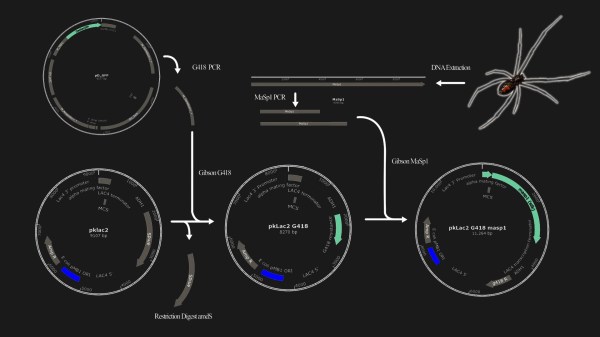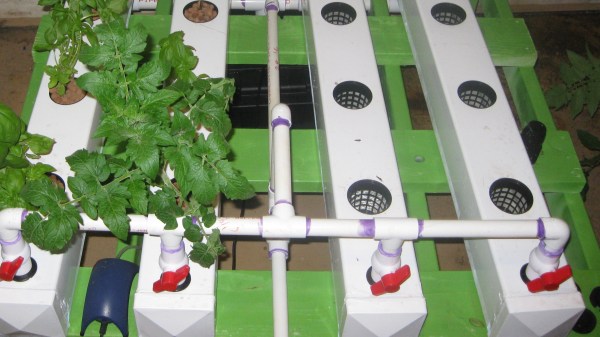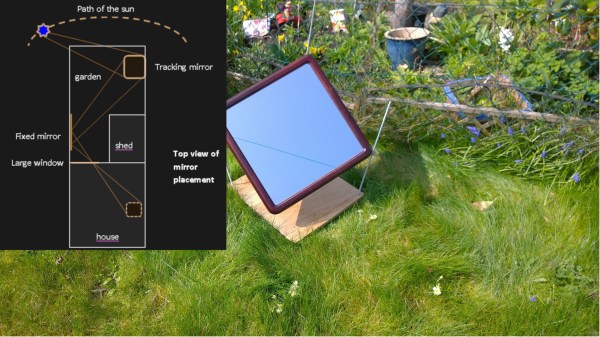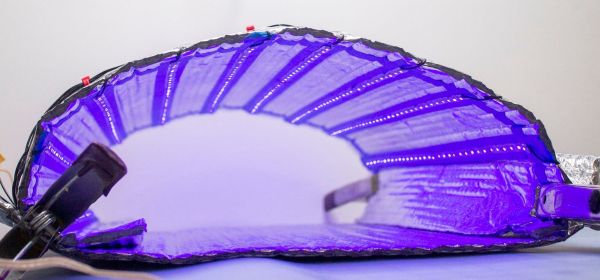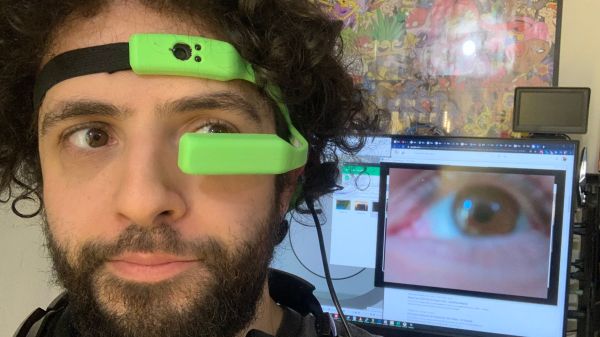Companies spend thousands developing a project for the market, hoping their investment will return big. Investing like this happens every day and won’t shock anyone. What may surprise you is someone who spends more than a decade and thousands of their own dollars to make an open-source version of a highly-marketable product. In this case, we’re talking about genetically modified yeast that produces spider silk. If that sounds like a lead-in to some Spiderman jokes and sci-fi references, you are correct on both accounts. [Justin Atkin] had some geneticist work under his belt when he started, so he planned to follow familiar procedures like extracting black widow DNA, isolating and copying the silk genes, and pasting them into a yeast strain. Easy peasy, right? Naturally, good science doesn’t happen overnight.
There are a few contenders for the strongest spider silk among which the golden silk orb-weaver gets the most attention, but the black widow’s webbing is nearly as strong, and [Justin] is happy to wear black widow inspired bling, whereas the golden orb-weaver looks like it crawled out of Starship Troopers. His first attempt to extract DNA starts with a vial of preserved nightmare fuel spider specimens because that is a thing you can just go online and buy. Sadly, they were candied in alcohol, and that obliterates DNA, so he moved to dried specimens from breeders, which also failed to produce results, and those were just the landmark hangups.
Continue reading “Spider Silk, Spider Silk, Made Using A Strain Of Yeast”

